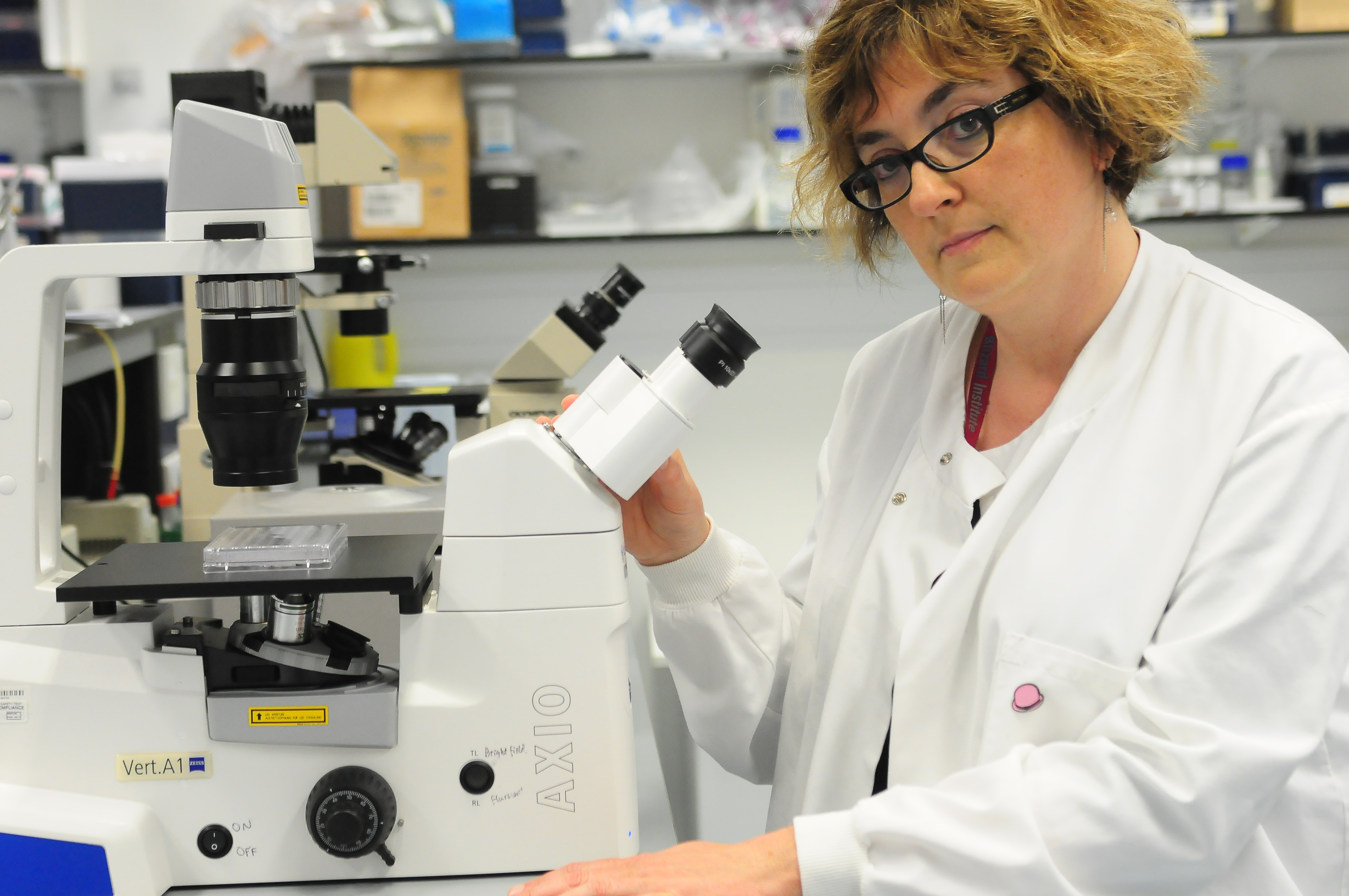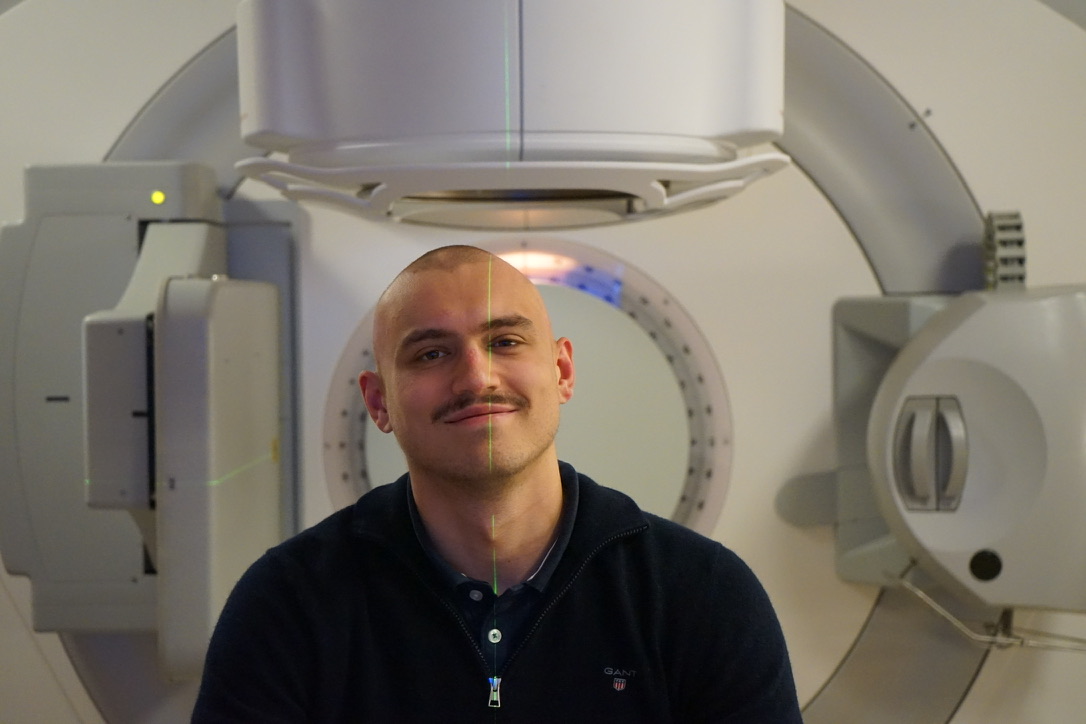The study that is being conducted can one day allow medicines to predict effective medicines for each person, experts suggest.
It comes as a study emphasized the differences in the way genes are activated in glioblastoma cells compared to healthy brain cells, a process that is unique to each individual.

Glioblastoma is the most common primary brain tumor in adults.
It is estimated that about 3,200 people in the UK have been diagnosed with the disease each year, surviving an average of 12 to 18 months.
Currently, five people with suspected high quality tumors are enrolled in a study led by scientists at London University of London at Queen Mary and Barts Brain Tumor Center.
We hope that 200 people can eventually participate in the next five years.
Patients will have their healthy cells compared to cancer to look for unusually activated or repressed genes that can one day be directed to new or rearranged drugs.
The test comes as a study published in BMC Biology, examines the role of chromatin in glioblastoma.
Chromatin is a mixture of DNA and proteins that form the chromosomes found in human cells.
The study found that a process known as chromatin remodeling – when chromatin allows condensed genome DNA access to certain proteins that act as switches to switch on or exclude genes – is different in glioblastoma stem cells compared to normal brain cells.
Sylvia Marino, Professor of Neuropathology at Queen Mary London University – who leads the study, said: “Brain tumor cells have a different combination of genes that are included or excluded compared to healthy brain cells – a combination that is unique from patient to patient S
“The study in this document has increased our understanding of one of the methods that controls the activation of these genes and demonstrates that we can use it to find new gene goals, potentially opening new personalized possibilities for patients treatment.”
Researchers have identified two “new drug referral genes” known as SMOX and GABBR2, which are thought to promote cancer growth.
Prof. Marino added: “This test will not only identify activated or repressed genes in the patient’s tumor cells, allowing researchers to predict what can be effective treatment, but will also test these drugs in the laboratory by giving us an indication of Their usefulness as a treatment option for patients.
“Although they are not yet at a stage where patients need to receive medicines based on their forecasting, we are optimistic with additional studies, this may be available to patients in the near future.”
Dan Knowles, CEO of brain tumor studies, said: “This is an important point for the brain tumor community, more special patients living with the most deadly form of the disease.
“It is fantastic to see the hard work and dedication of scientists to study the brain tumor in the development of something that could improve the results for patients and family members.
“With continuation of investment in brain tumors studies, we will find a cure together.”
A patient living with a terminal glioblastoma said he hoped the test would offer future generations treatment.
Max Vardy from Suri was diagnosed with the disease at the age of 24 last June.

Since then, he has had six weeks of radiation and has been subjected to 12 rounds of chemotherapy.
“I have always been a very optimistic person when I was told that my glioblastoma is terminal and that there are no healing treatments at the moment, I was very sad,” said Vardy.
“Studies at Queen Mary, London University, give people as a reason for hope that effective treatment can develop.
“Even if I’m not in time for me, then for future generations, who must fight it hard to cure the condition. It is so encouraging to see researchers who strive for treatment. “
